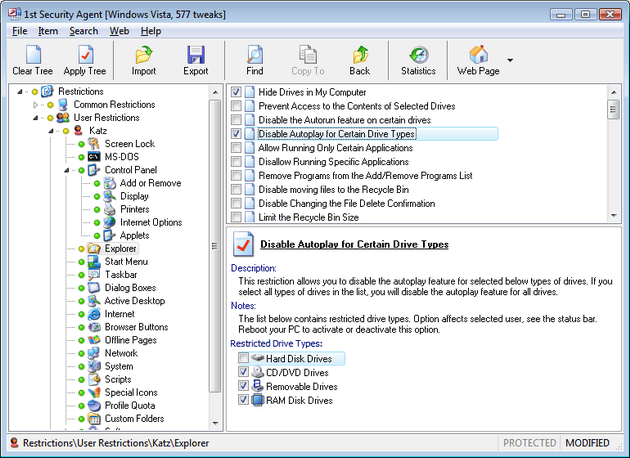Restrictions
The following restrictions are available in this group:
The following restrictions are available in this group:
The following options are available in this group:
The following restrictions are available in this group:
The following restrictions are available in this group:
The following restrictions are available in this group:
The following restrictions are available in this group:
The following restrictions are available in this group:
The following restrictions are available in this group:
The following subgroups are available in this group:
The following restrictions are available in this group:
The following restrictions are available in this group:
The following restrictions are available in this group:
The following restrictions are available in this group:
The following restrictions are available in this group:
The following restrictions are available in this group:
The following restrictions are available in this group:
The following restrictions are available in this group:
The following restrictions are available in this group:
The following restrictions are available in this group:
The following restrictions are available in this group:
The following restrictions are available in this group:
The following restrictions are available in this group:
The following restrictions are available in this group:
By default Windows has no a possibility to hide special icons such as My
Computer, Recycle Bin, My Documents, etc. from the desktop and from the file
system. Using the following options you can hide a lot of special icons:
By default Windows has no a possibility to customize Shell Folders. For example,
you can not assign the same desktop for any first two users and different
desktop for third user. Only separate shell folders can be assigned for each
user. It is impossible to make a common shell folder such as Desktop for two or
more users if you use standard Windows tools.
1st Security Agent enables you to realize it. You can customize not only
Desktop, but also Favorites, Recent Documents, My Documents, Start Menu,
Programs, Startup, Network Neighborhood and other Windows Shell Folders.
The following restrictions are available in this group:
 Go to 1st Security Agent online Help
Go to 1st Security Agent online Help
1st
Security Agent [More]
[Download] [Buy]
 |
Restrict access to Control Panel, disable Start Menu items,
hide drives, disable DOS, boot keys, Registry editing, taskbar, task
manager, and network access, hide desktop icons, apply password protection
to Windows, and disable running applications. Secure Internet Explorer,
disable individual menu items and individual tabs in the Internet Options
dialog, as well as specific settings from each,
and more ... |
================================================================
![]() Go to 1st Security Agent online Help
Go to 1st Security Agent online Help